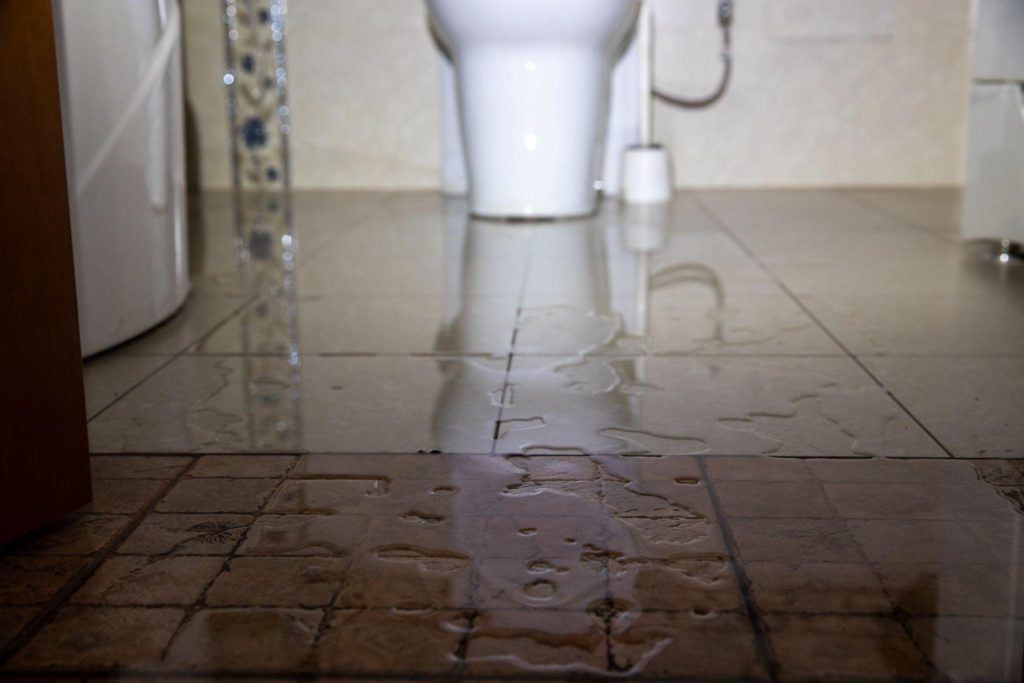What To Do When Your Toilet Overflows
Experiencing a toilet overflow is never a pleasant situation. Whether it’s caused by a clog or an issue with the water supply, acting quickly is essential to minimize damage and restore normalcy. Here’s a guide on what steps to take when facing an overflowing toilet.
Turn Off the Water Supply
The first thing to do when you notice your toilet is overflowing is to shut off the water supply. Most toilets have a shut-off valve located on the wall behind them. Turn the valve clockwise to stop the flow of water. This will prevent the situation from worsening and flooding the bathroom further.
Assess the Situation
Once the water supply is turned off, check the severity of the overflow. If there’s a minor spill, you might only need to clean up some water. However, if the overflow involves waste or a larger amount of water, more care is needed. Assess if there is a visible obstruction in the toilet bowl, such as paper, waste, or other debris. This could be the cause of the blockage.

Clear the Clog
To address a clog, a plunger is your best tool. Use a toilet plunger, which is designed with a flange to create a tight seal. Insert the plunger into the toilet bowl and push it down gently. Pull up firmly to create suction, then repeat the process several times. If the clog is not too severe, this should help break it up and allow the toilet to drain normally.
If the plunger doesn’t work, a toilet auger might be necessary. This tool can reach deeper into the toilet’s drain to dislodge more stubborn blockages. Insert the auger into the bowl, rotate the handle, and continue pushing until the clog is removed. Once the toilet drains properly, flush to ensure everything is cleared.
Clean Up and Disinfect
After the toilet starts draining again, it’s crucial to clean up any water that may have spilled onto the floor. Use towels or a mop to soak up the water, and then disinfect the area thoroughly. This helps prevent any bacteria or germs from spreading, especially if waste water was involved.
Prevent Future Overflows
To reduce the chances of another overflow, avoid flushing anything other than waste and toilet paper. Items like paper towels, feminine products, and wipes can easily cause blockages. Additionally, if the toilet continues to overflow despite your efforts, there may be an underlying issue with the plumbing or sewer line that requires professional attention.
Copyright © 2025 Drain It Plumbing